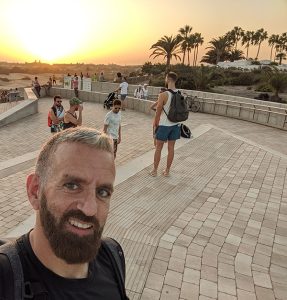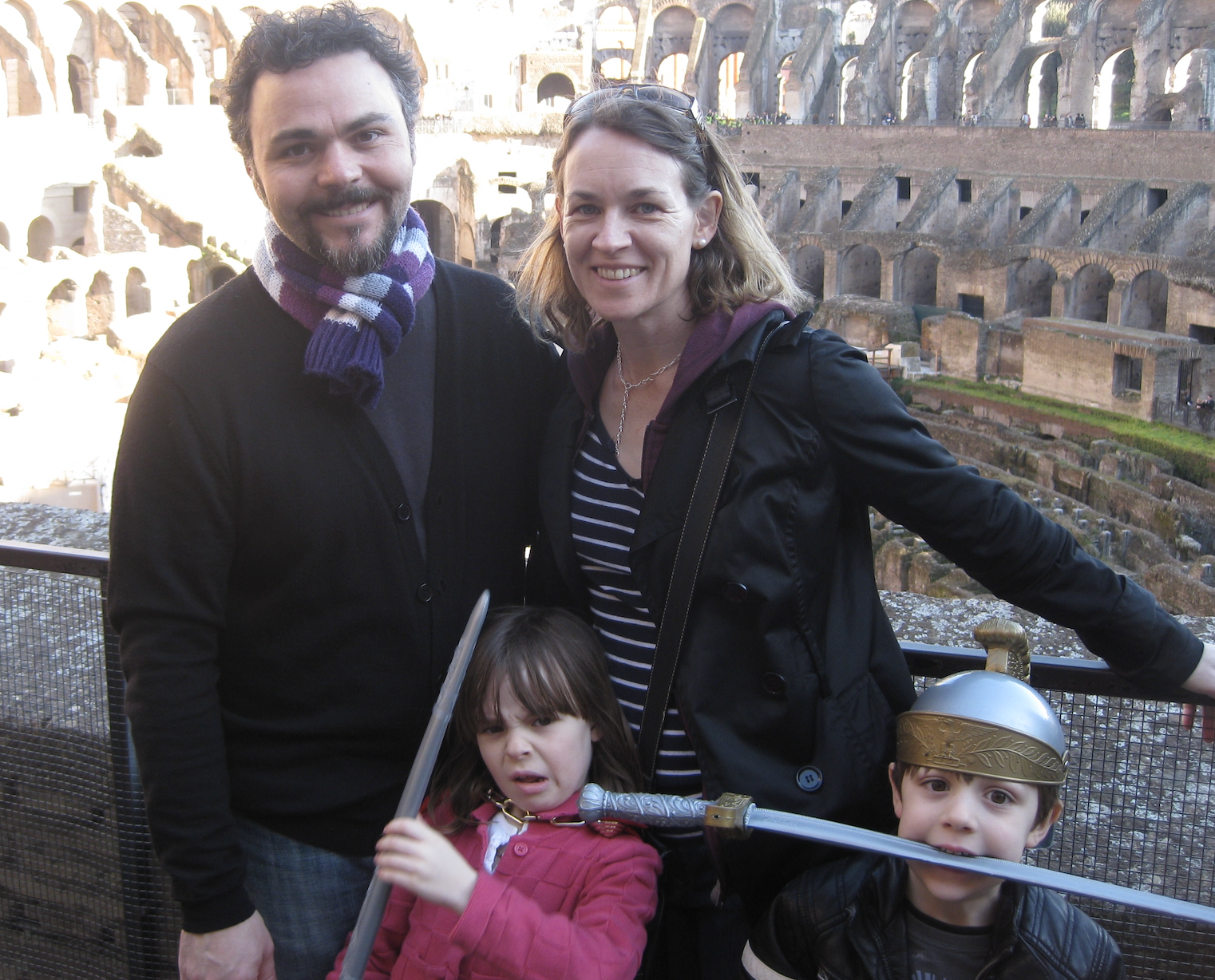Warming Up to Your Copy Freeze Deadline
If you’re old enough to remember writing on a heavy, anvil-shaped thing called a “typewriter” — well here’s to you, my fellow editorial veteran. Back in the ’80s, at my first newspaper job, we banged out stories on thin yellow typing paper, using Liquid Paper and correction tape to fix our mistakes. “Cut ‘n’ paste” was literally cutting and taping to revise and rearrange paragraphs on the page. A finished story often looked like a ransom note.
Back then, a copy freeze date (i.e., a deadline) was a hard stop.
The old way
A typesetter sitting at a Volkwagen-sized host computer entered our stories into the system, which spat out the text in strips. Graphic designers with X-ACTO knives then mocked up the stories on a light board. There was little room to revise anything more than gross errors at that point, as creating and manipulating the text was so labor intensive.
How far we Wordsmithies have come!
21st century copywriting
Just think of how much revising we do in the course of composing just one page of copy. (I’ve already reworked this lead a couple times.) It’s as easy as a few keystrokes. And with websites, if a typo sneaks in, or we publish something we want to change, it’s easy to pull it down and fix it. Right?
So in this age where everything is a digital “work in progress,” why do we need copy freeze deadlines at all? After all, our 21st-century publishing tools make us more efficient, right?
Not always.
Finding a middle ground
Our ability to continually rethink, rehash, and revise copy well past its bedtime—to tweak a sentence, add a paragraph, or change a word here and there—can actually create more work. And it has a cascading effect. Among the top things agencies hate to hear from their clients is, “But we just have a few more changes,” especially if the project is well past its projected end date.
A copy freeze date is an important benchmark in any production schedule. It’s the point at which all copy should be written, reviewed, revised, finalized, and ready for design. This deadline ensures that graphic design and production people have time to do their jobs, without any budget-busting curveballs from editorial.
Revisions at the design stage cost time and money. That’s why we always work closely with clients to make sure that everyone who needs to review the copy does so before it goes into production. Just because we can revise copy in the eleventh hour doesn’t mean we should.
Wordsmithie works hard to come up with a smart project schedule that gives everyone time to do their jobs well. We try to be flexible, as writing is a creative process. But copy deadlines bring order and organization to the process. So don’t be chilled by your copy freeze deadline. It’s there to keep the process moving forward and the budget on track.






























































